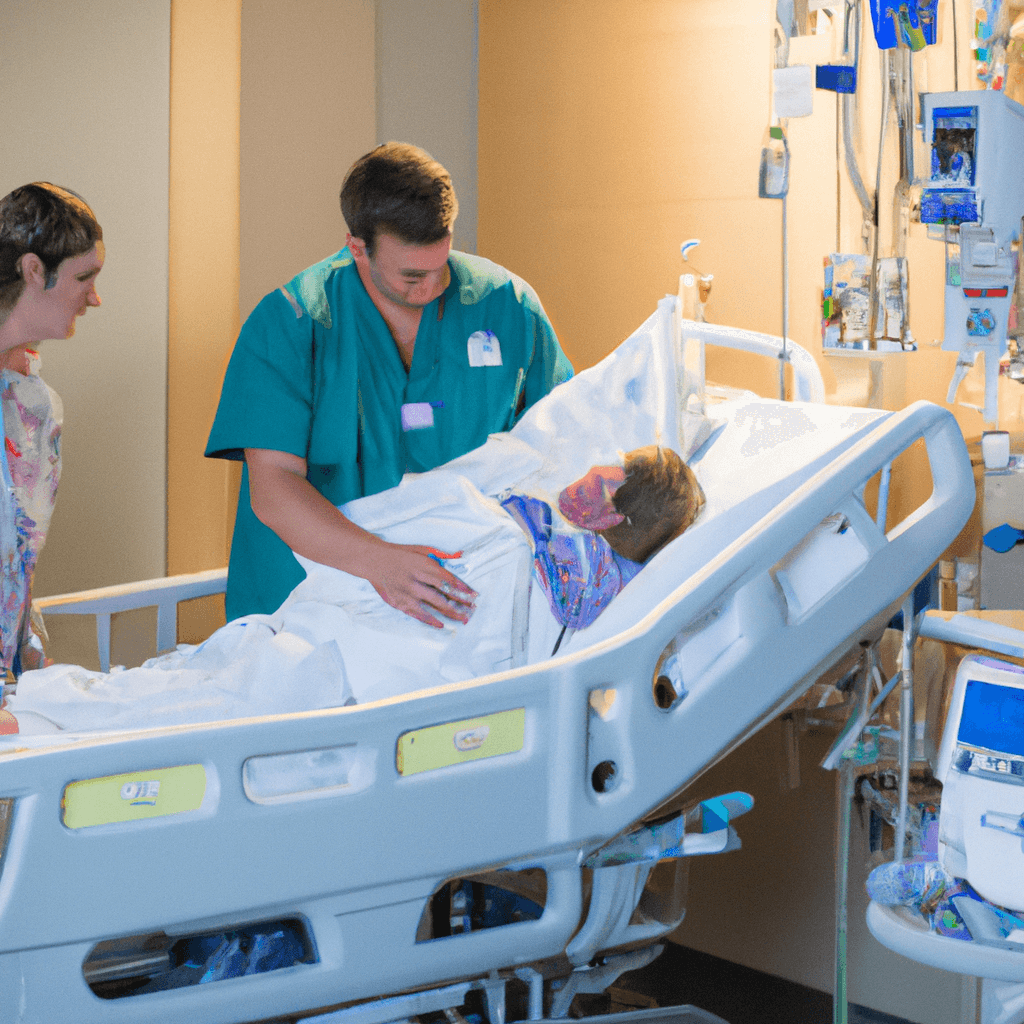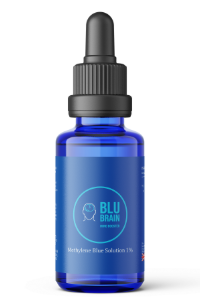Your basket is currently empty!

When you’re facing a glioblastoma diagnosis, it impacts your entire family’s world.
I’ve seen how this aggressive brain tumour can change lives overnight, from first symptoms like vision problems and personality changes to the urgent rush for treatment.
You’ll need strong medical support, but don’t underestimate the power of community and faith during this journey.
Families can find hope and strength through telehealth options and adapted care plans even during challenging times like COVID-19.
Let’s explore how to navigate this path together.
Key Takeaways
- Early recognition of neurological symptoms and prompt medical evaluation led to timely diagnosis and treatment planning at MD Anderson.
- Strong community support, including 2,000 messages and prayer nights, provided essential emotional strength during the challenging journey.
- Adaptation to telehealth and virtual support groups maintained crucial medical care despite COVID-19 restrictions.
- Family bonds strengthened through shared challenges while balancing aggressive treatment with quality of life considerations.
- Digital platforms and remote counselling sessions helped maintain mental health support and spiritual connections during isolation.
The Unexpected Turn: Life Before the Diagnosis
While many families go about their daily routines without anticipating life-altering medical diagnoses, John’s family embodied the picture of an active, service-oriented household before glioblastoma entered their lives.
Their family dynamics revolved around three young children, and Housey’s dedicated work as a nurse intertwined with church ministry and community involvement.
In those pre-diagnosis days, their emotional resilience was channelled into serving others and maintaining a busy post-COVID lifestyle that defined their family’s identity.
Little did they know that their strength would soon be tested in ways they never imagined.
First Signs and Symptoms
Long before the devastating diagnosis, Housey experienced peculiar neurological symptoms that, in hindsight, served as early warning signs of her condition.
Over two years, she described sensations similar to “Alice in Wonderland” syndrome – feeling like her surroundings were expanding and distorting around her.
The initial symptoms progressed to vision problems and dizziness, eventually leading to noticeable cognitive changes.
I’ve learned that seemingly minor incidents, like reversing into another car or displaying unusual behaviour, can signal serious underlying conditions.
These changes in personality and communication patterns ultimately prompted the urgent medical evaluation that revealed her glioblastoma.
The Day Everything Changed
On the day that redefined our family’s journey, concerned friends and church members noticed Housey’s increasingly erratic behaviour and called for immediate help.
Our diagnostic journey began at the accident and emergency department, where she received prompt attention as a former nurse.
During those critical hours, we observed:
- Sudden personality changes
- Difficulty with basic communication
- Periods of confusion
- Moments of clarity followed by disorientation
The emotional aftermath hit hard when CT scans revealed a brain tumour.
Being transported to MD Anderson brought hope and fear as we faced the reality of what lay ahead.
Emergency Room Reality
Upon entering the emergency department where Housey had once served as a nurse, we immediately noticed the compassionate recognition from her former colleagues.
They quickly initiated emergency protocols, bypassing standard triage procedures due to the urgency of her condition.
I watched as they efficiently coordinated her care, ordering an immediate CT scan that revealed the devastating reality – a brain tumour.
The staff’s familiarity with Housey transformed what could have been an impersonal medical experience into one filled with genuine concern.
When transfer became necessary for specialised care, they supported our emotional needs, ensuring we could stay together during ambulance transport to MD Anderson.
MD Anderson and Medical Discoveries
After arriving at MD Anderson, we faced the sobering reality of advanced medical diagnostics that confirmed our worst fears.
Through medical advancements in imaging technology, doctors identified a stage four glioblastoma requiring immediate intervention.
Dr Kim, our chosen surgeon, outlined the challenges ahead:
- Only 50-60% tumour removal is possible due to the location
- Treatment innovations would be critical for the remaining mass
- A combination therapy approach is necessary
- Customised treatment plan essential for best outcomes
Despite these devastating findings, MD Anderson’s expertise offered hope through their cutting-edge treatments and extensive care approach.
Though difficult to process, every discovery helped shape our understanding and preparedness for the journey ahead.
Understanding Glioblastoma
While glioblastoma might sound like just another medical term, I learned it’s the most aggressive form of brain cancer that can develop in the central nervous system.
As I discovered through my wife’s diagnosis, this devastating disease affects the brain’s glial cells, which normally support and protect our neurons.
Treatment challenges are significant because glioblastoma spreads rapidly through brain tissue, making complete surgical removal nearly impossible.
In our case, doctors could only remove 50-60% of the tumour.
Despite its aggressive nature, medical advancements and strong support systems can help you navigate this difficult journey.
Navigating Treatment Options
Once we received the glioblastoma diagnosis, our medical team presented us with several treatment paths that combined surgery, radiotherapy, and chemotherapy.
The complexity of treatment options felt overwhelming, but understanding each possibility helped us make informed decisions.
Our oncology team outlined key considerations:
- Surgical removal of 50-60% of the tumour
- Targeted radiotherapy sessions
- Oral chemotherapy medications
- Potential clinical trials at specialised centres
While glioblastoma treatment plans are challenging, they’re highly personalised.
Working closely with Dr. Kim and our medical team, we developed a strategy that balanced aggressive treatment with quality-of-life considerations.
Each decision point required careful evaluation of risks and benefits.
The Power of Community Support
From the moment Housey was diagnosed, we witnessed an extraordinary outpouring of support from our church and local community.
Nearly 2,000 messages flooded in, each one strengthening our emotional connection to those around us.
The prayer night at our church drew unprecedented attendance, demonstrating remarkable community resilience in the face of crisis.
Even local media, including Fox 26 News, helped share our story, expanding our support network beyond our immediate circle.
This wave of compassion provided essential emotional sustenance during our darkest moments, especially when COVID-19 complications forced isolation.
The community’s embrace reminded us we weren’t facing this journey alone.
Faith Through the Storm
Throughout our harrowing journey with glioblastoma, the bedrock of our faith became more essential than ever before.
When faced with this devastating diagnosis, our faith resilience was tested in ways we never imagined.
Prayer support from our church community became our lifeline, manifesting in profound ways:
- Nearly 2,000 messages of encouragement flooded in
- A powerful prayer night united our congregation
- Strangers became family through shared devotion
- Faith transformed our fear into hope
Our spiritual foundation didn’t just sustain us in these darkest moments—it grew stronger.
Each setback, from the COVID-19 diagnosis to surgery postponements, reinforced our reliance on divine guidance and community fellowship.
Media Impact and Public Awareness
As our family’s story touched hearts throughout the community, local media outlets began amplifying our journey to a wider audience.
Fox 26 News and local newspapers helped transform our private struggle into a broader awareness campaign about glioblastoma.
Through media influence, we have connected with others facing similar battles.
| Media Impact | Community Response |
|---|---|
| Fox 26 News | 2,000+ Messages |
| Local Papers | Church Attendance Surge |
| Social Media | Prayer Groups Formed |
| News Coverage | Support Networks Grew |
| Online Sharing | Resource Connections |
I have witnessed how sharing our story has created a ripple effect, helping families navigate their glioblastoma journeys while fostering an understanding of brain cancer’s impact on families.
Managing COVID-19 Challenges During Treatment
The timing of Housey’s scheduled surgery coincided with one of America’s worst COVID-19 peaks, adding unexpected layers of complexity to our medical journey.
When Housey tested positive, we quickly adapted to telehealth consultations while managing isolation protocols.
During this challenging period, we discovered our emotional resilience through:
- Virtual support groups connect us with other families
- Daily video calls with our medical team to monitor symptoms
- Remote counselling sessions to maintain mental health
- Digital church services provide spiritual strength
This unexpected delay taught us valuable lessons about flexibility and perseverance while protecting Housey’s compromised immune system as we prepared for her rescheduled surgery.
Frequently Asked Questions
What Are the Long-Term Survival Rates for Glioblastoma Patients?
I want to be direct yet gentle about glioblastoma survival statistics.
While every patient’s journey is unique, the overall prognosis challenges are significant.
Without treatment, survival is typically 3-6 months.
With standard treatments like surgery, radiotherapy, and chemotherapy, median survival extends to about 12-18 months, with only about 5-10% of patients surviving beyond five years.
However, I always emphasise that these numbers don’t define individual outcomes.
How Do Families Manage Work and Finances During Extended Cancer Treatment?
Did you know that 42% of cancer patients deplete their entire life savings within two years of diagnosis?
I’ve seen how critical financial planning becomes when facing extended treatment.
I recommend immediately exploring work flexibility options with your employer, understanding FMLA rights, and connecting with hospital social workers who can guide you to resources.
Don’t hesitate to accept help from family and community members – emotional and financial support often go hand in hand.
What Genetic Factors Influence the Development of Glioblastoma?
Let me help you understand the genetic aspects of glioblastoma.
While most cases occur spontaneously, certain genetic mutations can increase your risk.
I want you to know that familial predisposition plays a role in about 5% of cases linked to rare inherited syndromes like Li-Fraumeni syndrome.
Most glioblastomas develop from random DNA changes in brain cells over time, affecting genes that control cell growth and repair.
Which Alternative Therapies Complement Traditional Glioblastoma Treatments?
Like rays of hope piercing through dark clouds, I want to share some promising alternative therapies for glioblastoma treatment.
I’ve seen how acupuncture benefits patients by helping manage pain and reduce treatment side effects.
Additionally, I recommend exploring nutrition therapy, which can support your body’s healing process and strengthen your immune system.
While these alternatives shouldn’t replace standard treatments, they can complement them and potentially improve one’s quality of life and overall well-being.
How Do Siblings and Young Children Cope With a Parent’s Cancer Diagnosis?
I understand how challenging it is for children when a parent has cancer.
They will need age-appropriate emotional support and honest conversations about what is happening.
I’ve seen that maintaining routine and sibling relationships becomes essential – brothers and sisters can comfort each other in unique ways.
It’s important to let children express their feelings, whether through art, play, or talking.
Professional counselling can also help them process their emotions safely.
Conclusion
Our journey with glioblastoma has transformed not just our family but our entire community.
Last Sunday, as I watched our church members organise a meal train and childcare schedule for our children, I was reminded that no one fights alone.
While Housey’s battle continues, we’ve learned that hope thrives in the darkest moments.
If you’re facing this diagnosis, remember that your vulnerability isn’t weakness—it’s an invitation for others to show up.

